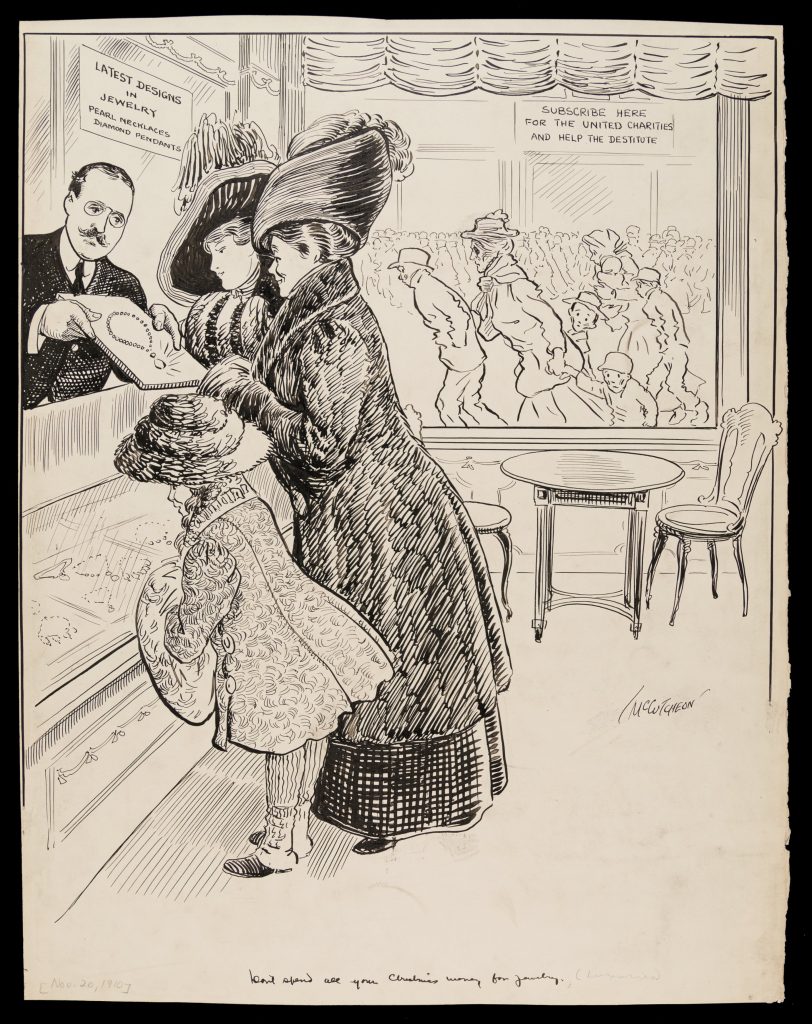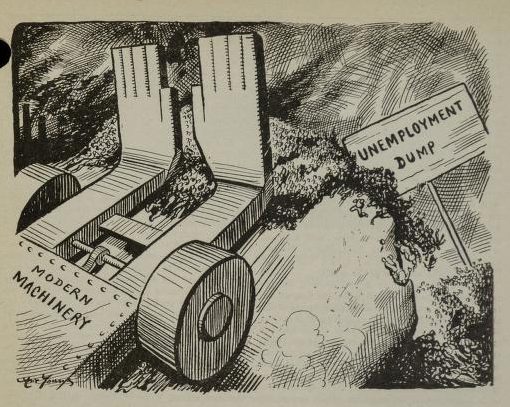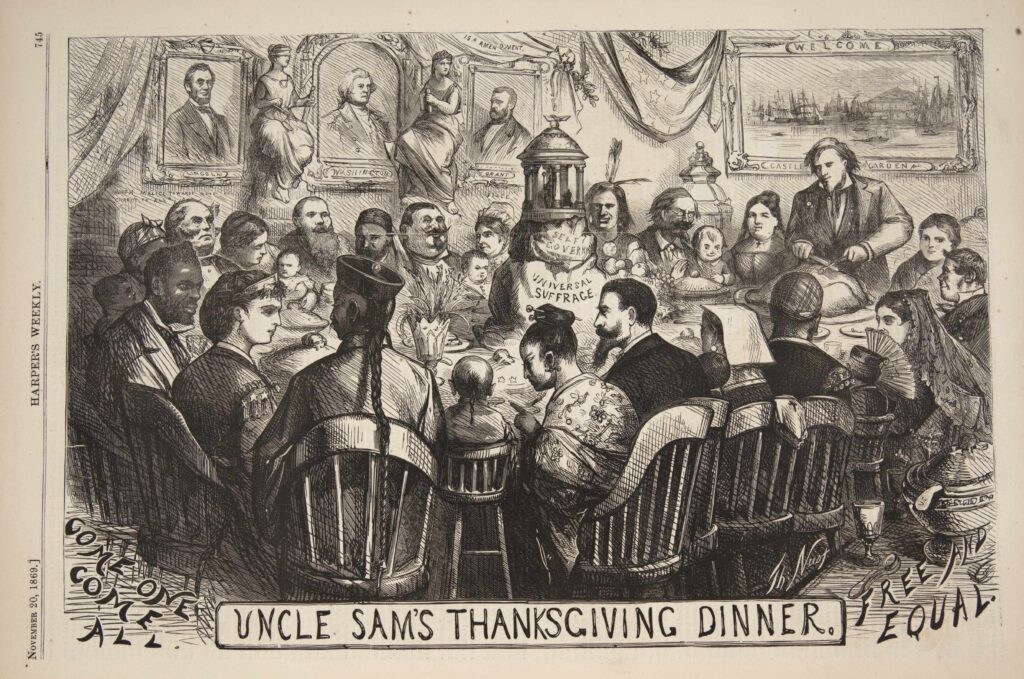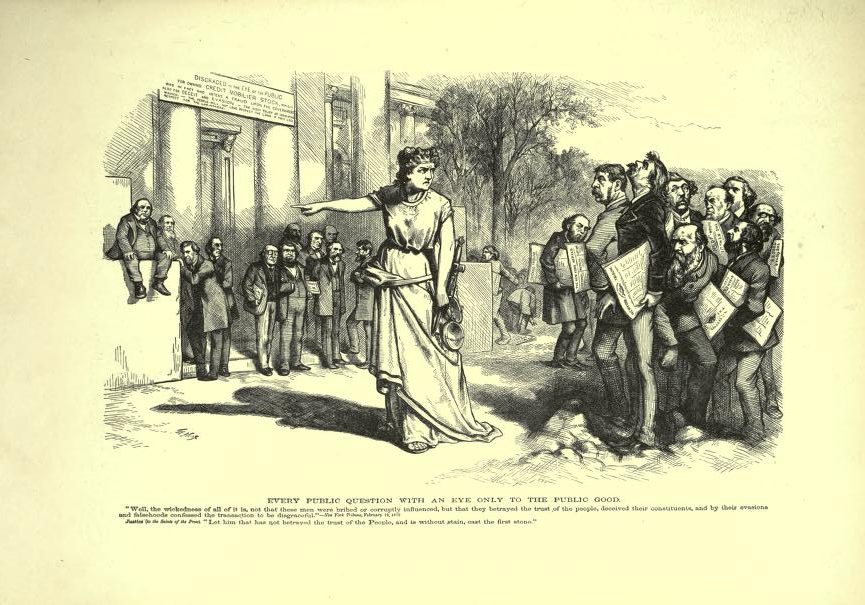Materials – Available for Download in the Downloads Tab:
- A copy of the Skills Lesson
Students are often asked to interpret political cartoons—in textbooks and on standardized tests, especially. Interpreting political cartoons can be more than a little confusing. Even the name is confusing. Today, the word “cartoon” is used almost exclusively to refer to an animated film or video or to a simple, unrealistic drawing with a funny caption. Most political cartoons, however, are not designed to make people laugh. And, for that matter, many “political” cartoons aren’t really political.
The simplest way to describe these primary sources is that they are drawings, usually with words, that are meant to persuade the reader to think a certain way. You could ask students to compare them to advertisements. Instead of selling a product, they are selling an idea.

It’s helpful to introduce students to political cartoons by showing them a simple representation of a simple idea. A good example is this one by John T. McCutcheon, from the Chicago Tribune, November 20, 1910. The caption below the picture says, “Don’t spend all your Christmas money for jewelry.”
The idea is simply that people who have more money than they need should help people who don’t have enough. But the image makes that statement more powerfully. This image also uses one of the most common characteristics of political cartoons—symbols.
In this cartoon, the three people dressed in warm, fancy clothes symbolize, or stand for, people with money. The poorly dressed people with thin, sad faces that we see through the window represent people who live in poverty. The jewelry represents the luxuries that rich people can afford, don’t need, and spend their money on instead of helping others. The idea that the cartoonist is expressing is very clear and not particularly political.

Then there are the political cartoons that communicate ideas that are political in the sense that they are controversial and that people with different political beliefs are often in disagreement about them. This cartoon by Art Young, which was published in the 1920s by a publication of the group International Workers of the World (IWW), is an example. Here the cartoonist uses an imagined machine to represent the rise of technology in the workplace. It is pushing masses of people into the “unemployment dump.” It’s not really necessary to know the date of the cartoon or the historical context. It could be any time from the beginning of Industrial Revolution until the present.
But there are other political cartoons that require knowledge of a particular political event or situation. In this case, it can be interesting to ask students to find clues to the context from examining the cartoon. This 1869 Thomas Nast cartoon gives students a lot of details to work with, and filling in the background after they have thoroughly examined the image will make it a satisfying inquiry-based activity. (It was published in support of the Fifteenth Amendment.)

But it can sometimes be better to fill in enough background so that the students are doing more interpretation and evaluation than making inferences that amount to guesses. For example, this Nast cartoon from 1872 is virtually incomprehensible if you don’t know it refers to the Credit Mobilier scandal.

Download the following materials below:
- A copy of the Skills Lesson


